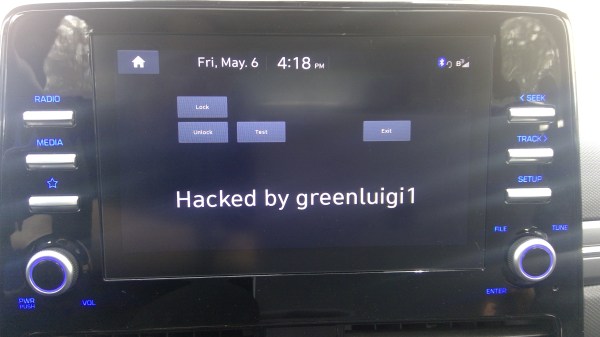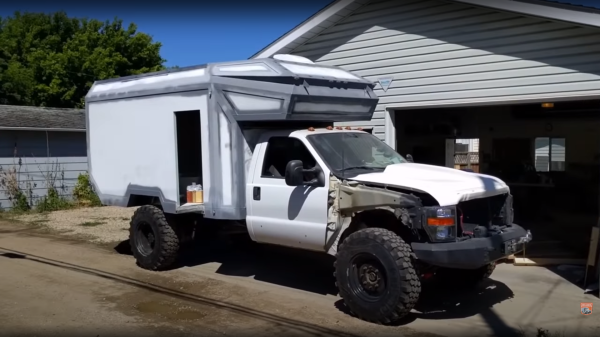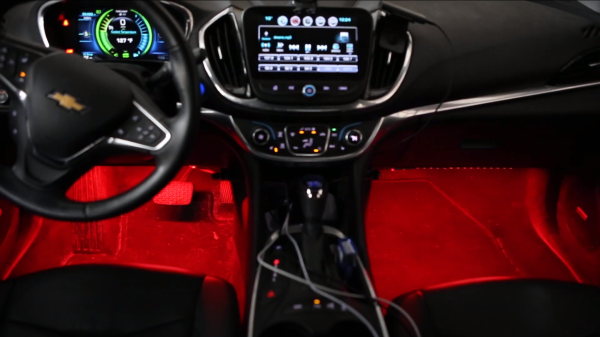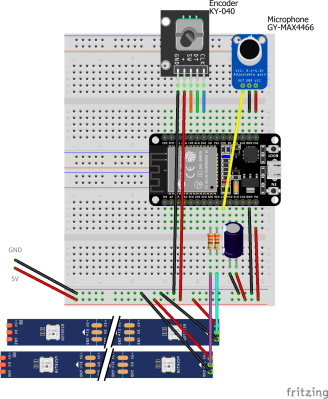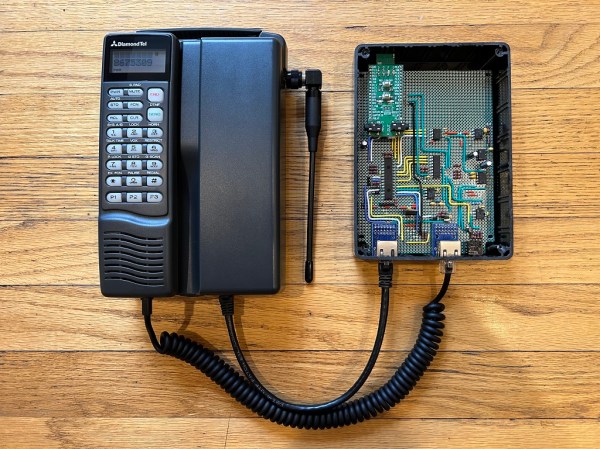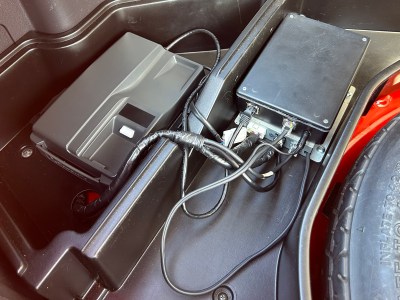These days modern cars are nothing if not a grouping of networked software held together by bits of hardware. This is reflected not only in the rapidly increasing number of ECUs, but also infotainment systems and all-glass cockpits. For better or worse, this offers many exciting hacking possibilities, which [greenluigi1] was more than happy to explore with their new 2021 Hyundai Ioniq SEL last year. Naturally, Hyundai then proceeded to ‘fix’ these vulnerabilities, offering the exciting chance to test the Hyundai engineers’ homework, and proceed to bypass it again.
When we last left off in [greenluigi1]’s adventures, the Hyundai D-Audio 2V Linux-based infotainment system (formally called in-vehicle entertainment, or IVI) in question had been convinced to run custom applications after a fair bit of effort to get root access via the Engineering Menu and some firmware image hacking. Joyous hacking and exploration of the car’s CAN network and RPC messaging system ensued. Then Hyundai released a new firmware image, after months of silence and all old firmware images pulled from the download page.
In this new firmware image, big changes were visible right off the bat, with two different ZIP files instead of the single one from before. One of these ZIP files also couldn’t be decrypted any more with the old key. Unfortunately for Hyundai, the curse of backwards compatibility with older IVIs meant that the ZIP targeting headunits running the older firmware also contained the key for the new ZIP file.
Other changes included some further obfuscation to this key and the public key used for firmware hash verification, which also involved using a Micom RPC call via the CAN bus to obtain some vehicle specific information. Unfortunately, this is where Hyundai’s engineers seemed to have stopped copying reference code samples, and used a unique RSA private key to sign firmware images with. Fortunately, they did not bother to check whether the updater actually always verifies the signature, allowing for unsigned code to be installed.
All in all, a fascinating bit of reverse-engineering and sheer stubborn persistence, just so that the IVI that’s in your car can run the applications which you developed. We’re looking forward to the next installments in this series as the ball is once again firmly in Hyundai’s court.

